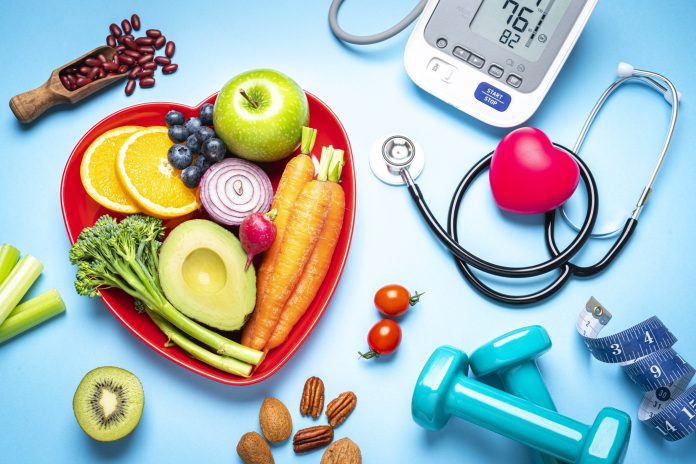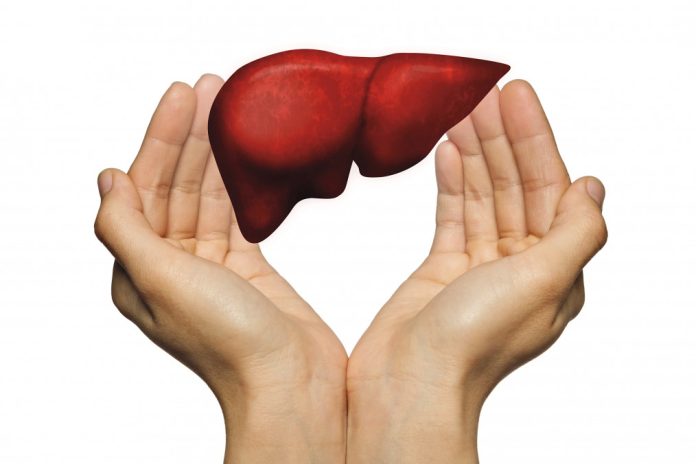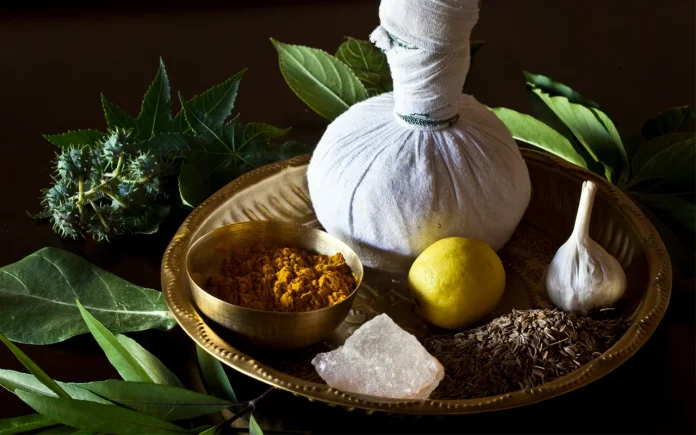While low blood pressure can sometimes have benefits, excessively low readings may lead to complications. Hypotension, or low blood pressure, typically refers to readings below 90 mmHg over 60 mmHg. However, healthcare providers usually consider it problematic only if accompanied by symptoms. Natural health remedies offer effective ways to elevate low blood pressure and alleviate symptoms, complementing conventional treatments when necessary.
Understanding Low Blood Pressure
Low blood pressure, also called Hypotension, occurs when the pressure exerted by blood on artery walls drops below normal levels. Blood pressure, measured as systolic pressure over diastolic pressure, reflects the force of blood pumped by the heart throughout the body. While 120/80 mm Hg is considered the normal range, readings below 90/60 mm Hg are classified as low blood pressure. However, what constitutes “too low” varies among individuals, as some may naturally have lower blood pressure without experiencing adverse symptoms.
Causes and Symptoms
Low blood pressure can stem from various factors, including dehydration, cardiac issues, endocrine disorders, severe illness (septicemia), and nutrient deficiencies in the diet. Common symptoms include dizziness, fainting, blurred vision, nausea, and lack of concentration.
Natural Health Home Remedies for Low Blood Pressure Relief
1. Saltwater: Salt aids in raising blood pressure levels. Drinking a glass of saltwater, with half a teaspoon of salt dissolved in it, may help increase low blood pressure.
2. Coffee: Caffeine in coffee or tea can temporarily raise blood pressure. However, moderation is essential to avoid other health issues.
3. Water: Staying hydrated is crucial to prevent dehydration-induced low blood pressure. Aim for at least eight glasses of water per day.
4. Licorice Root: For centuries, licorice root has been used as a natural remedy for low blood pressure. Its compound, glycyrrhizin, helps raise blood pressure. Brewing licorice tea by boiling dried licorice root in water for 5-10 minutes is an option.
5. Eat Small Meals Frequently: Consuming frequent, small meals can help manage low blood pressure by avoiding drops that may occur after larger meals.
6. Rosemary: Rosemary, known for stimulating the body, can help raise blood pressure. Adding it to food or brewing rosemary tea may be beneficial.
7. Holy Basil: Holy basil, with its medicinal properties, including blood pressure regulation, can be brewed into tea for consumption.
8. Ginger: Ginger, a natural remedy for low blood pressure, contains compounds that stimulate the heart and increase blood flow. Adding ginger to food or brewing ginger tea is recommended.
9. Avoid Sudden Position Changes: To prevent issues associated with low blood pressure, avoid sudden movements that may lead to dizziness or fainting.
10. Almonds: Almonds, rich in healthy fats, can help regulate blood pressure. Consuming a handful daily or preparing almond milk can be beneficial.
11. Exercise: Regular moderate-intensity exercise can improve blood flow and increase blood pressure.
12. Compression Stockings: Compression stockings enhance blood circulation, alleviating discomfort and inflammation associated with varicose veins.
Conclusion
Managing low blood pressure involves lifestyle changes. By identifying underlying causes and implementing appropriate natural health remedies, individuals can effectively manage symptoms and improve overall well-being. Consulting a healthcare provider is advisable, especially for those with chronic low blood pressure or additional health conditions.



















